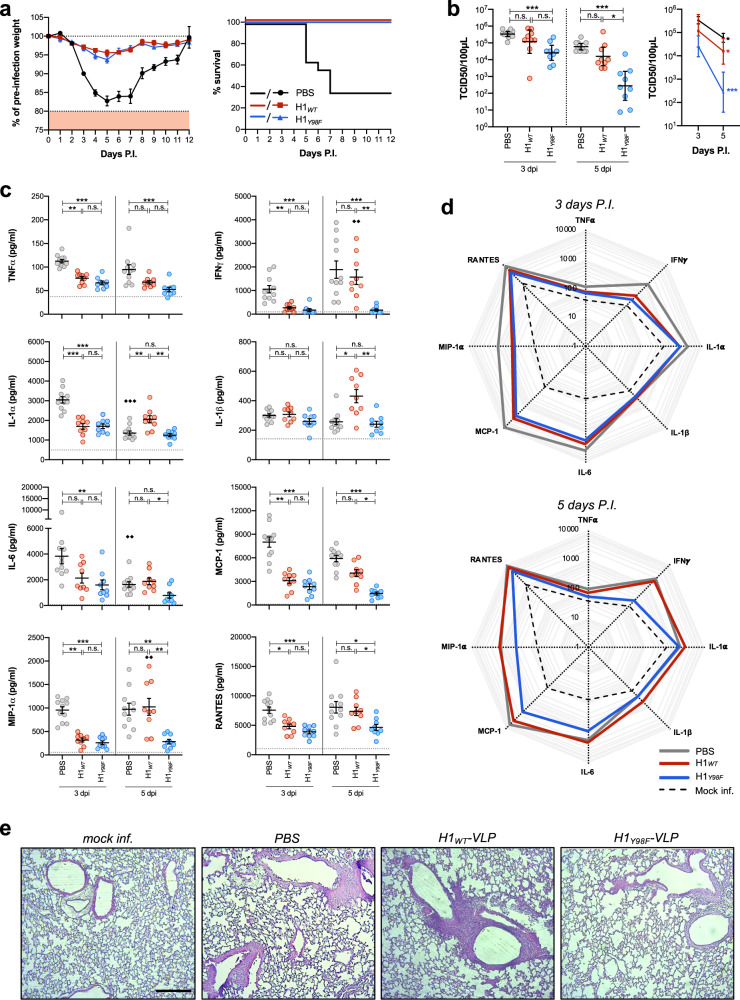Fig. 5. H1Y98F-VLP improves viral clearance and reduces pulmonary inflammation upon lethal challenge.
Female Balb/c mice were challenged with 1.6 × 103 TCID50 of H1N1 (A/California/07/09) 28 days post-vaccination with 3 µg H1WT- or H1Y98F-VLP or an equivalent volume of PBS. a Mean weight loss (left) and survival (right) were monitored for 12 dpi (n = 12–14/group, error bars represent SEM). Mice weighing <80% of their pre-challenge weight were euthanized. A subset of challenged mice (n = 9/group) were euthanized at 3 dpi and 5 dpi for evaluation of the viral load and pulmonary inflammation. b Viral titers in the supernatant of lung homogenates calculated using the Karber method and reported as TCID50/100 µl supernatant (GMT ± 95% CI). c Concentrations of cytokines and chemokines in the supernatant of lung homogenates measured by multiplex ELISA (mean ± SEM). The horizontal line represents the mean of mock-infected mice as a baseline. d Radar plots showing the cytokine profiles of mock-infected and infected lungs at 3 dpi and 5 dpi. e H&E stains of lungs collected 4 dpi (×10 magnification, scale bar = 100 µm). Statistical significance for b and c were determined by Kruskal–Wallis test with Dunn’s multiple comparisons. Comparisons between groups at the same time point are represented by * (*p < 0.033, **p < 0.01, ***p < 0.001) and comparisons within the same group over time are represented by ♦(♦♦p < 0.01, ♦♦♦p < 0.001).

